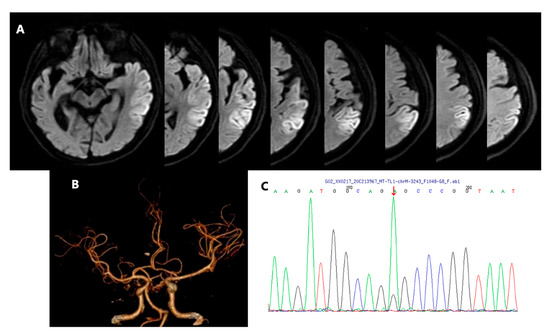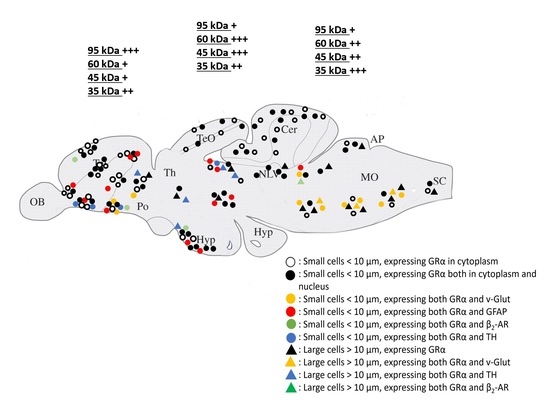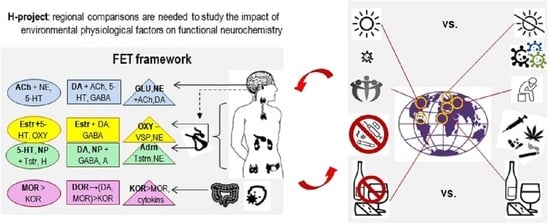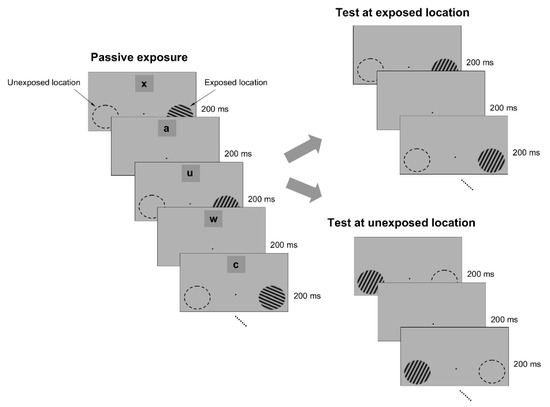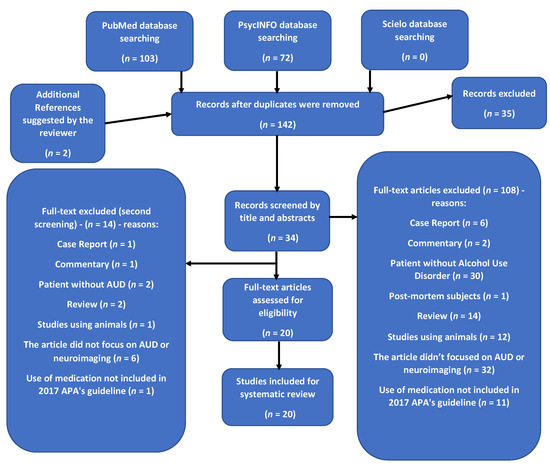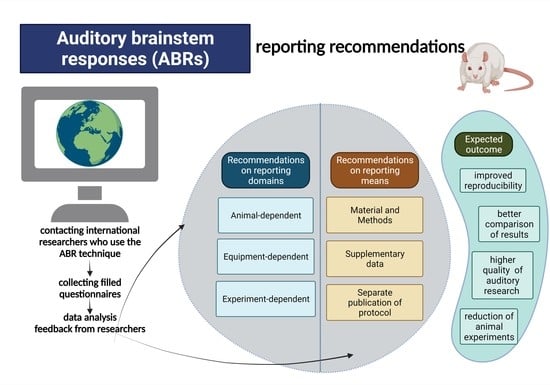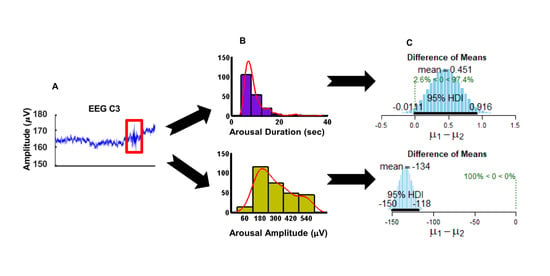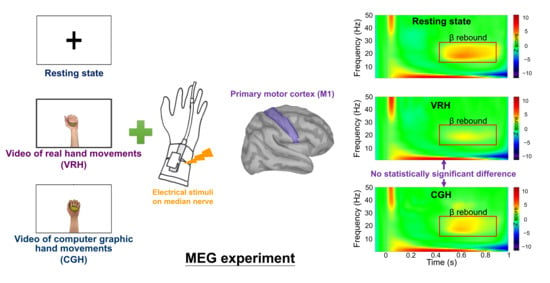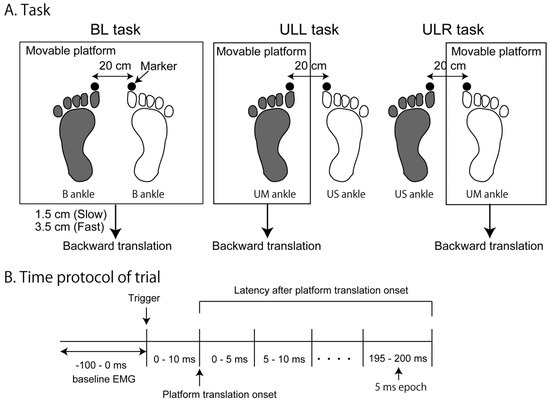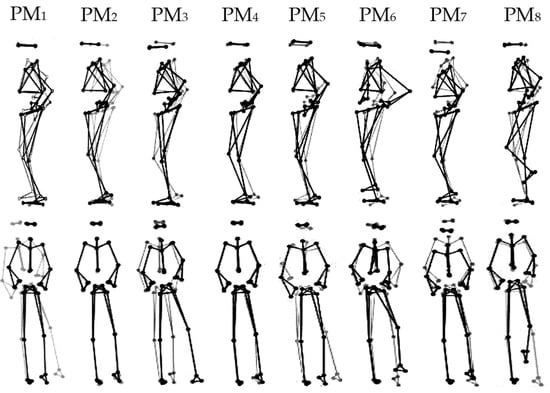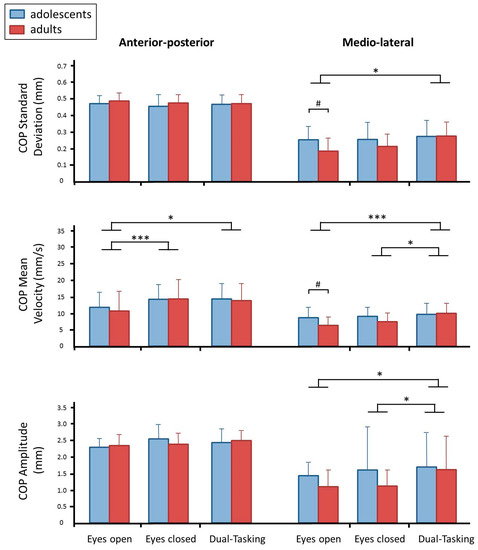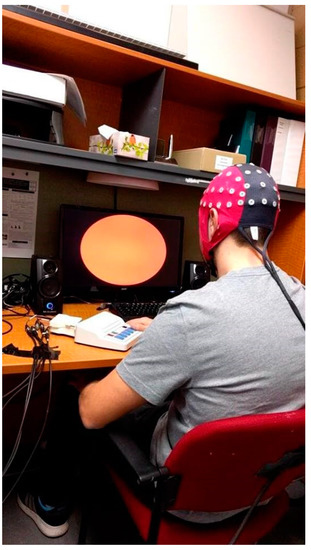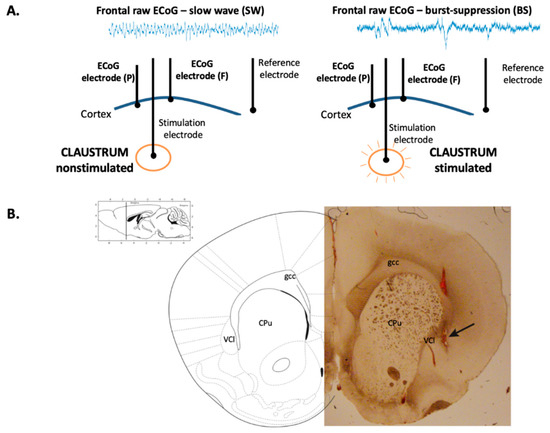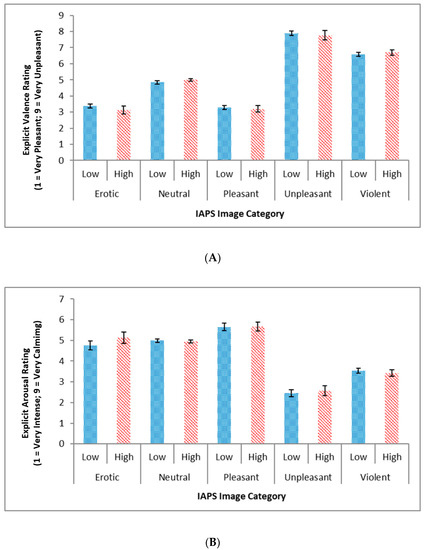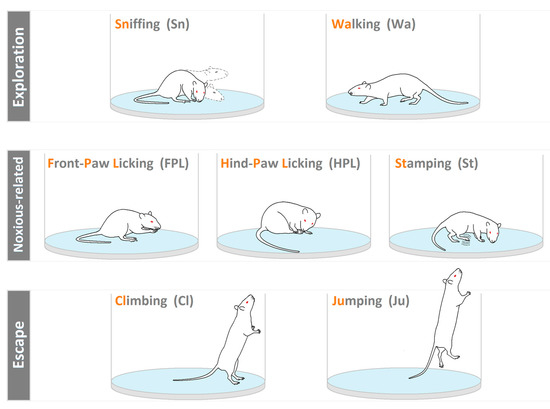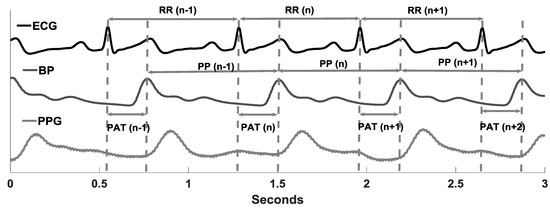Collection on Systems Neuroscience
A topical collection in Brain Sciences (ISSN 2076-3425). This collection belongs to the section "Systems Neuroscience".
Viewed by 89915Editor
Interests: neuromodulation; facial pain; peripheral nerve stimulation; deep brain stimulation
Special Issues, Collections and Topics in MDPI journals
Topical Collection Information
Dear Colleagues,
This collection on system neuroscience is dedicated to the research and exploration of multifactorial and multidimensional processes, such as normal and pathological aspects of sensory and motor functions; the activity of limbic and cognitive systems; and cerebral control of homeostasis, locomotion, reproduction, etc. By building a bridge between various theoretical concepts, basic science research, and clinical medicine applications, the ‘’System Neuroscience’’ section of the journal provides an in-depth analysis of the intricate workings of the nervous system. The focus of this collection goes beyond isolated aspects of neuroscience research and dedicates itself to a more comprehensive view of neural mechanisms and functionality.
Prof. Dr. Konstantin V. Slavin
Guest Editor
Manuscript Submission Information
Manuscripts should be submitted online at www.mdpi.com by registering and logging in to this website. Once you are registered, click here to go to the submission form. Manuscripts can be submitted until the deadline. All submissions that pass pre-check are peer-reviewed. Accepted papers will be published continuously in the journal (as soon as accepted) and will be listed together on the collection website. Research articles, review articles as well as short communications are invited. For planned papers, a title and short abstract (about 100 words) can be sent to the Editorial Office for announcement on this website.
Submitted manuscripts should not have been published previously, nor be under consideration for publication elsewhere (except conference proceedings papers). All manuscripts are thoroughly refereed through a single-blind peer-review process. A guide for authors and other relevant information for submission of manuscripts is available on the Instructions for Authors page. Brain Sciences is an international peer-reviewed open access monthly journal published by MDPI.
Please visit the Instructions for Authors page before submitting a manuscript. The Article Processing Charge (APC) for publication in this open access journal is 2200 CHF (Swiss Francs). Submitted papers should be well formatted and use good English. Authors may use MDPI's English editing service prior to publication or during author revisions.







